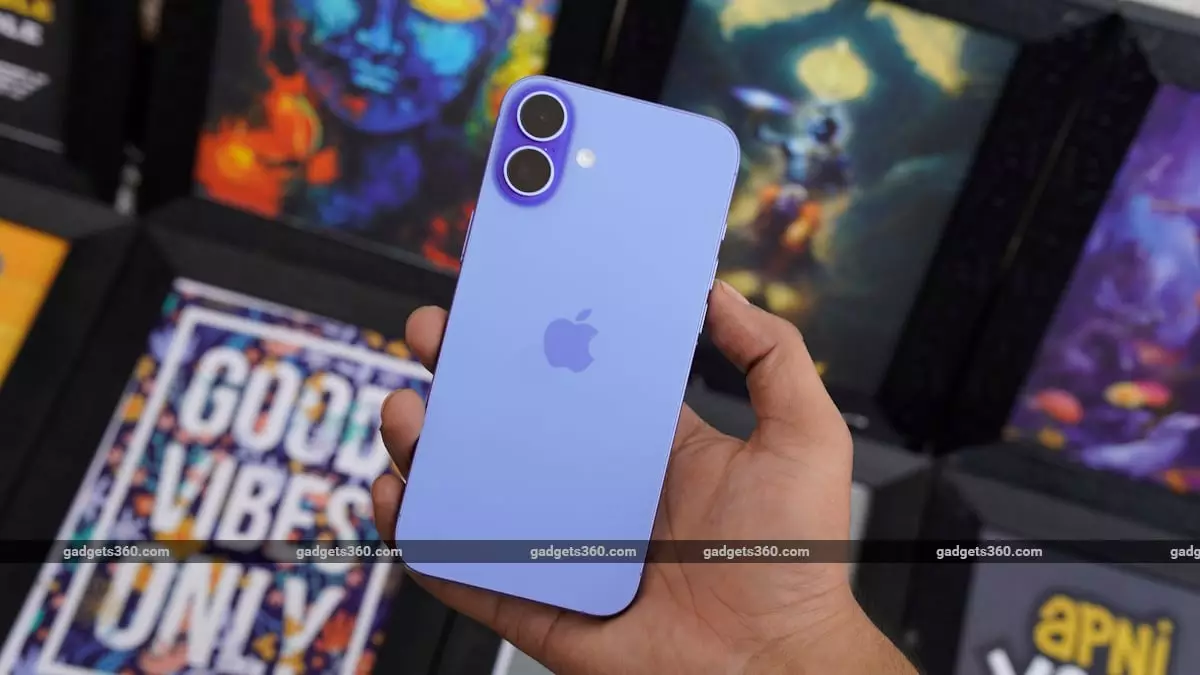In the world of e-commerce, sales events like Flipkart GOAT Sale 2025 are often pitched as opportunities for genuine savings. However, beneath the surface, they reveal a troubling pattern—one where the industry’s primary goal is to entrap consumers in a cycle of impulsivity and false economy. The upcoming event, which promises discounts on smartphones, laptops, and accessories, is less about providing authentic value and more about capitalizing on shoppers’ desire to feel they’re getting a deal. Retail giants leverage psychological tricks—limited-time offers, early access privileges, and exclusive deals—to induce a sense of urgency that often overrides rational decision-making. In reality, these discounts are frequently inflated or manufactured, making consumers believe they’re saving when, in truth, they might be just paying what they would eventually pay elsewhere or even more.
The practice of offering early access via Flipkart Plus members illustrates an exploitative approach. While it grants a privileged few the first chance at deals, it perpetuates inequality, alienating the average shopper who has to scramble on sale day. This sort of “secret access” fuels a sense of elitism and mistrust—why should access to savings be gated behind membership fees or exclusive privileges? It underscores an unsettling trend within digital retail: the commodification of fairness itself. Rather than democratizing shopping, these strategies reinforce a divide, leaving the majority feeling they are constantly chasing phantom discounts to no avail.
Strategic Discounting as a Marketing Weapon
Flipkart’s tactic of reducing flagship devices like the Nothing Phone 3a Pro, and even teasing significant price drops on the iPhone 16, is strategic. These discounts are less about making premium devices affordable and more about stoking consumer anxiety and FOMO (fear of missing out). The claim that the iPhone 16 may be available for under Rs. 60,000 is inherently misleading. Retailers often inflate original prices or temporarily hike retail prices before dropping them during these sales, creating an illusion of substantial savings. Such tactics invalidate genuine price competition and distort consumers’ understanding of fair market value.
Furthermore, aggressive discounts on mid-range phones like the Motorola Edge 60 Pro at Rs. 27,999, despite being a marginal decrease from its launch price, play into the perception that savings are monumental. These are not true discounts but carefully calibrated marketing moves designed to generate buzz and defer consumer skepticism. The strategic release of newer models, like the Nothing Phone 3 scheduled for sale just after the event, also hints at a manufactured scarcity—a tactic meant to push consumers into making premature purchasing decisions while perceived savings are artificially inflated.
The Myth of Authentic Consumer Protection
The reliance on credit card discounts and UPI cashback offers further complicates the narrative. While such incentives might appear to give consumers an edge, they subtly encourage overspending under the guise of saving money. The reality is that these deals are often limited in scope, with conditions that exclude the majority of potential buyers, especially those from lower-income brackets or with limited banking options.
The fair criticism here is that these sales events serve more as a spectacle than a genuine effort to benefit the consumer. While savvy shoppers might use tools like price trackers to navigate the chaos, many are left vulnerable to inflated prices, misleading marketing, and the constant churn of “deals” that are anything but. The overarching issue lies in the system’s failure to prioritize transparency. Instead, it thrives on superficial discounts designed to shroud true value, making consumers feel empowered while actually trapping them in a cycle of fleeting bargains and impulsive buys.
In the broader context, Flipkart’s sale serves as a stark reminder of how corporate interests often trump consumer rights. Rather than fostering genuine savings and informed choices, these events magnify the asymmetry of information—where consumers are fed a constant stream of “deals” that capitalize on their natural desire for affordability. This dynamic is emblematic of a marketplace increasingly driven by marketing rhetoric rather than real value—an environment where consumer optimism is exploited for profit.


Leave a Reply